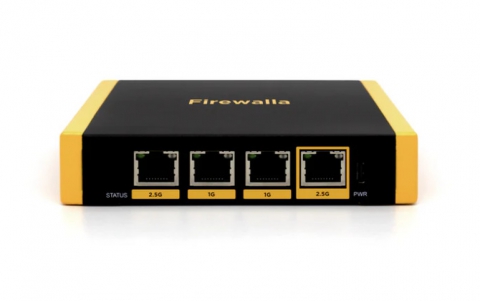
Google Allows Users To Opt-out Access To Location Database
In an effort to address privacy concerns, Google is offering a method that lets users opt out of having their wireless access point included in the Google Location Server, the company's location database.
One of the key ways technology companies are able to determine a location for location-based services - such as checking in to a restaurant or find out where you are - is through a location database, which matches publicly broadcast information about local wireless networks with their approximate geographic location. By looking for wireless access points that are close to a user's phone, location providers can return the approximate location you need.
The wireless access point information Google use in its location database, the Google Location Server, doesn't identify people. However, Google is introducing a method that lets you opt out of having your wireless access point included in the Google Location Server. To opt out, visit your access point's settings and change the wireless network name (or SSID) so that it ends with "_nomap." For example, if your SSID is "Network," you'd need to change it to "Network_nomap."
To get started, visit this Help Center article to learn more about the process and to find links with specific instructions on how to change an access point's SSID for various wireless access point manufacturers.
The wireless access point information Google use in its location database, the Google Location Server, doesn't identify people. However, Google is introducing a method that lets you opt out of having your wireless access point included in the Google Location Server. To opt out, visit your access point's settings and change the wireless network name (or SSID) so that it ends with "_nomap." For example, if your SSID is "Network," you'd need to change it to "Network_nomap."
To get started, visit this Help Center article to learn more about the process and to find links with specific instructions on how to change an access point's SSID for various wireless access point manufacturers.




















